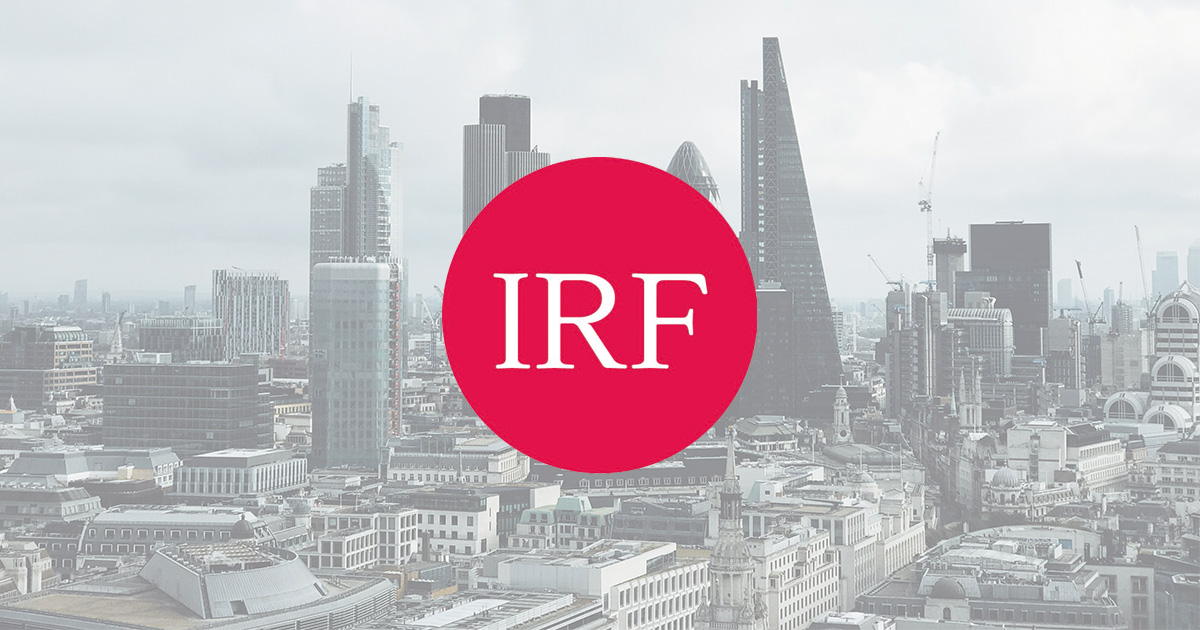The Reflation Trade at a Crossroads
Macrolens
Tue 28 Sep 2021 - 15:00
Summary
Brian began by stating that he was very bullish on the reflation trade going back to last summer. Brian argued last summer that the unfolding economic cycle post pandemic would look bubblier, more like the 2000s cycle than the 2010s cycle, with inflation at or above target instead of below target with commodities going up instead of going down with the dollar weak, instead of the dollar strong, with EM performing instead of EM underperforming.
Brian argues that inflation is very important for markets because of its effect on debt. But we must distinguish “good inflation (from a risk-asset perspective) from “bad inflation.” What we've had recently is “bad inflation,” as the bulk of the increases in reported measures of consumer prices are resulting from a series of negative supply shocks post pandemic. Unlike monetary inflation (which lowers the real debt load), supply-driven inflation is not good for debtors (and hence, not good for risk assets). It raises costs. It lowers output. The risk is that The Fed could compound their error of bad inflation from a risk asset perspective in ways that could be very serious for economic growth and for markets.
Brian follows this argument by discussing Econ 101. He says hiking rates is “not going to get more truck drivers back to work”. They central bank can’t fix supply-side problems with monetary policy. The Fed can only lower aggregate demand, compounding problems for debtors. That's going to crush real growth. There's a very real danger that The Fed, whether it's political pressure, just having stuck to an inflation target instead of a nominal GDP target, is going to make this mistake. This is dangerous in and of itself, but particulary against the backdrop of a sharp slowdown in China.
Global supply disruptions have been more severe and enduring than Brian would have forecast 10 to 12 months ago, when it looked like the Fed’s new “Average Inflation Targeting” framework would provide an extended reflationary tailwind. As it is, the upside inflation surprises may crowd out much of the Fed’s initially intended reflationary policy. To wit, let’s suppose the Fed had intended to run core PCE at 5% from the pre-pandemic ere (i.e. end-2019). Given overshoots to date, core PCE inflation would have to average 2.1% to end-2024 to produce a 2.3% compounded rate over the 2019-2024 period. Any further upside inflation prints from here can effectively derail the dovish intentions of the AIT framework.
With regards to Evergrande, there should be no doubt they are in the process of default. They've apparently guaranteed some joint ventures debt for 260 million that comes due on Sunday. Brian argues that they're not going to pay that. This company is done and they're not going to be bailed out, they're going to cease to exist. Trusts have at least a trillion RMB extended to other property developers. That's going to contract because the investors in these trust products are going to retreat because everybody now knows they’re going to get burned coming on Evergrande-related trust products. This will restrict liquidity to other developers. In addition, buyers may become reluctant to provide credit via large presale deposits, and suppliers will become reluctant to provide credit via extended receivables. Brian is assuming the government will maintain a relatively strict regulatory stance and that the “three red lines” on developers’ leverage will persist, which means banks are going to remain reluctant to provide abundant credit to other developers. Fire-selling of assets to maintain liquidity could become widespread. In Brian’s view, this is the end of the Chinese real estate bubble.
Lastly, Brian talks about the reflexivity nightmare scenario predicated on his long-standing framework for modelling China's problems: the “Impossible Trinity.” China’s capital controls are highly leaky – they appear to “work” when global liquidity is easy but when Fed policy and global liquidity are tight we can observe that China’s monetary policy latitude does constrict noticeably. China does have the ability to shut the FX market down in a crunch, but this approach has high costs in terms of restricting trade flows and forcing China’s financial retreat from the world stage. Currently the constraint on China's domestic monetary policy imposed by its managed exchange rate is relatively loose because the Fed's stance has been easy.
The Fed makes a potential Fed error of tightening in response to a negative supply shock, which could trigger a dollar rally, a potential “light out” for risk assets. Now China's problems would be compounded and their policy room shrinks when they need it most. If deterioration in the real estate markets forced a globally asynchronous easing of PBoC policy, the RMb will weaken and this is the potential contagion vector to global risk assets as it raises the spectre of a broader selloff in EM, where direct global exposure is orders of magnitude larger than that to China alone.
Topics
Supply-Shocks crowd out “reflation”
Taper communications fraught with difficulty
China crosscurrents: Evergrande portends sharp slowdown
